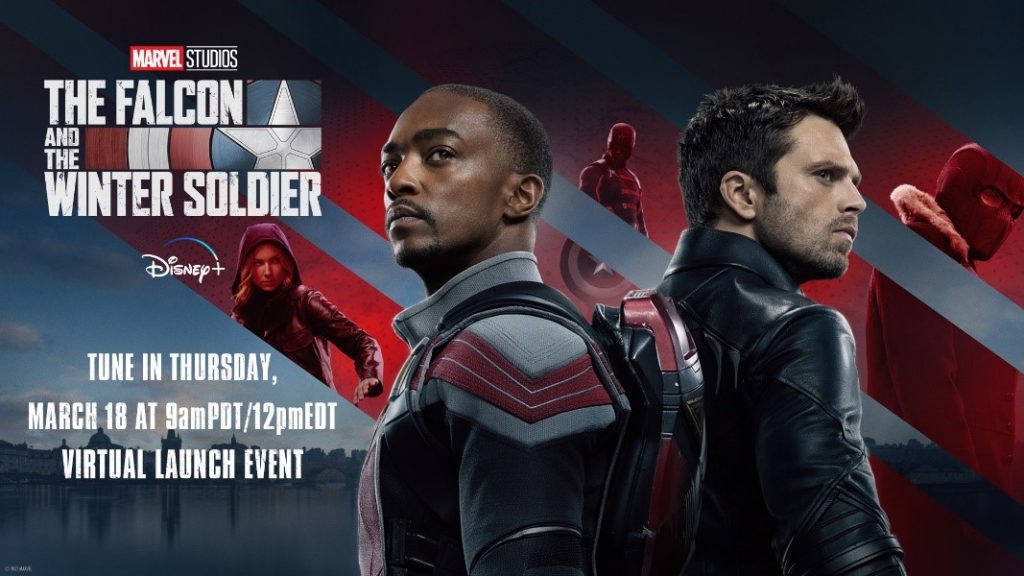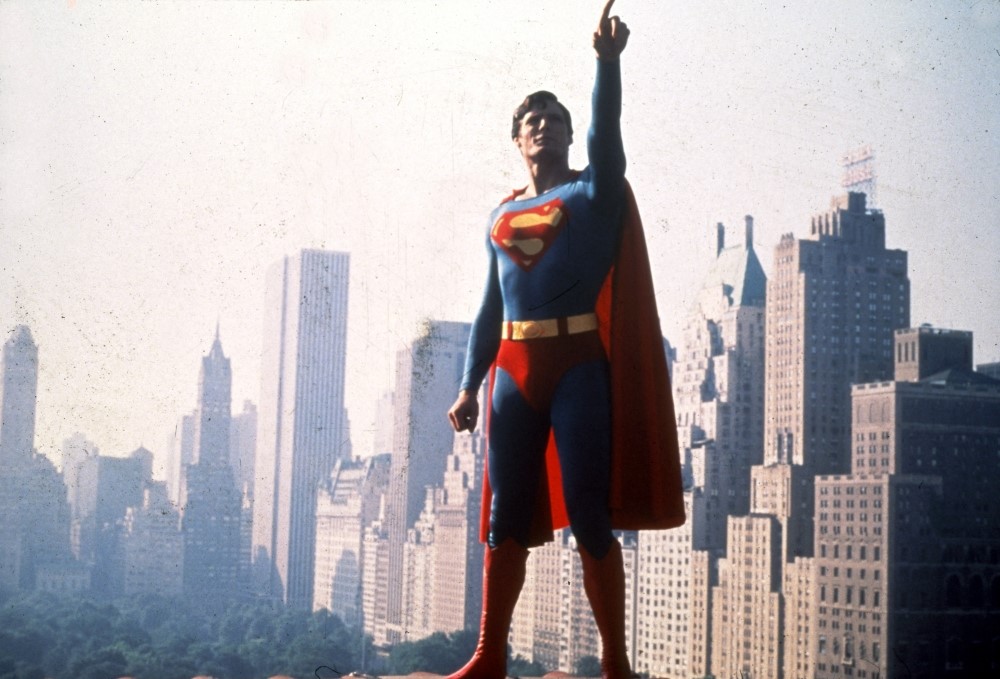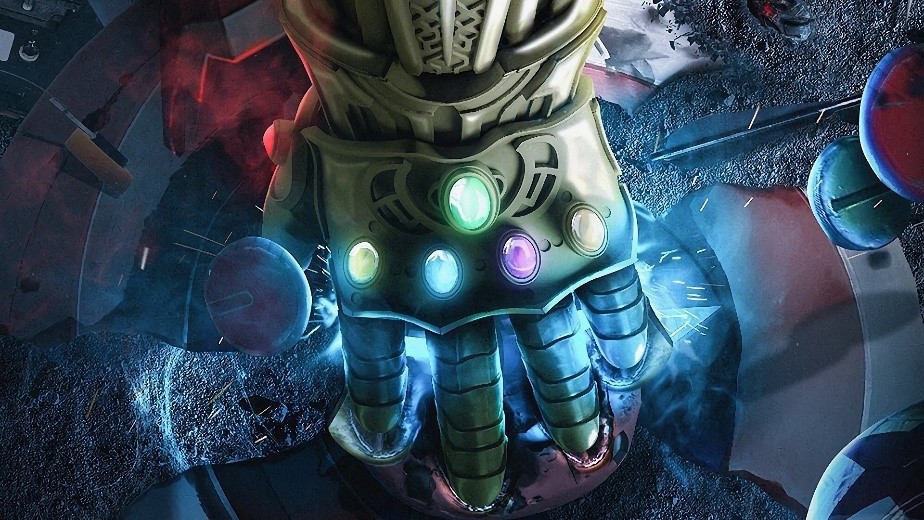Every film in the Marvel and DC series is inseparable from the efforts of the original comics. But in addition to the first authors, a number of authors have also contributed to the blueprint for Marvel and dc’s cinematic universe. Character shaping, storyline, styling… The creators’ names usually appear in the captions at the end of the film, in the “Special Thanks” column.
For example, the story of “Batman” comes from cartoonist Frank Miller, “Raytheon” characters are built by Walter Simonson, “Avengers” series, spin-offs “Falcon” and “Winter Soldier” can not be separated from Kurt Busiek and Ed Brubaker and others to create and design. But how much do these cartoonists and creators get paid for Marvel and DC’s $10 billion box office receipts? How does this famously successful IP treat the creators behind them?
Buscek and Brubeck recreate Bucky Barnes, the captain’s assistant, creating the winter soldier played by Sebastian Stan in Marvel’s films and TV series. But Mr Brubeck said: “Most of the time, our efforts can only get a ‘thank you’, and it’s getting harder and harder to accept.” He thinks Captain America: Winter Soldier has brought more readers to his other work, which makes him happy as a writer, but he says: “I feel a little sick when I get a lot of emails from movie reviews in my mailbox.” ”

Jim Starlin, the creator of the role of The Killing, recently revealed to The Hollywood Reporter that he had negotiated with Marvel for more money when he was identified as a Marvel movie counter-character.
Best-selling author Ta-Nehisi Coates has written the Black Panther series. “Marvel has a moral obligation to its artists and writers to go beyond contracts,” he says. “He thinks he’s getting paid relatively fairly, but the obscure authors should get a better deal from the big studios, contracts alone aren’t enough, and if the company has a higher voice, it can sign contracts with employees without fulfilling their obligations.”
Formalist contracts and letters of thanks
In general, companies pay fixed fees and royalties to employees. However, Marvel and DC have used other mechanisms to motivate their creators, who promise to make a profit share if the characters or storylines they create become material for movies, shows or merchandise. DC has a standard internal contract for the mechanism, the Guardian reported.
According to two other people familiar with the matter, Marvel has a similar contract inside, but some creators are unaware of their existence. In response, a Marvel spokesman said there was no time limit for writers and companies to sign contracts, and they were contacting past screenwriters and artists to try to re-sign with them. But given that it is up to the company to decide whether these contracts are in force, the promised draft fee may not be paid.
Over the past few decades, Marvel and DC have become one of Fortune’s fortune’s top 500 companies. Now both companies are discussing how much their comic book creators should be paid. But creators generally agree that it is getting harder and harder to make money at Marvel. A person familiar with the matter told the Guardian that Marvel had deducted its legal fees from royalty negotiations.
According to the Guardian, Marvel sends them a premiere invitation and a $5,000 (3,600) cheque after using the creator’s characters in the film, a default compensation act. Creators are not obligated to attend the premiere, and the $5,000 is not for accommodation or travel. Marvel declined to respond to the news, citing privacy concerns, saying: “We cannot talk publicly about our personal agreements and contracts with our creators.” ”
Several other sources who have worked with Marvel say some of the creators who contributed to a box-office hit series were paid $5,000 and others were not paid at all. Others make money by becoming executives and producers of film, cartoon and streaming series.
Third, the history of copyright disputes between publishers
Historically, Both Marvel and DC have had contracts that satisfy creators. The background was the Copyright Act of 1976, which gave artists the right to cancel a one-off contract with an intellectual property holder.
At the time, Superman creators Jerry Siegel and Joe Shuster were treated unfairly, and other creators exercised that right, leading directly to their loss of pay. Artist Al Jaffee had claimed that DC Comics offered salaries based on contractual treaties, so he was unable to cash the company’s checks after canceling the contract, which was common in the comics industry at the time.

In the 1980s, most comic book workers became comic book fans. In 1986, DC Washington, D.C., editor Paul Levitz and D.C. President Janet Kahn tried to introduce new programs to compensate writers and artists more fairly. In 2000, a coalition of publishers set up a charity to help penniless creators, also known as the Hero Initiative.
Creators such as Frank Miller, Alan Moore and Dave Gibbons have signed new contracts with DC under a number of policy and institutional changes. Alan Moore and Dave Gibbons’s Watchmen have been reprinted several times, and DC and the couple have shared the profits.
The comics industry’s relative fairness in profit dividends today is largely due to Paul Levitz, the former president of DC. Even though he left Washington in 2009, his influence still radiates throughout the industry. “There’s a Russian joke – they pretend to pay us, we pretend to be working,” Levitz said. And we want to avoid this situation as much as possible. “When the company wins, I’m proud to benefit the creators, and I’m proud that we’ve improved the environment in which the creators are created and treated.”
Mr. Levitz’s peers praised him as a bulwark against the intervention of Warner Bros. executives. Warner and DC have both attracted a lot of criticism since Levitz’s departure, and the special contract mentioned above was born out of criticism. Some creators have now left DC and Marvel altogether, and some have created their own studios that will no longer work for the two comic companies.



